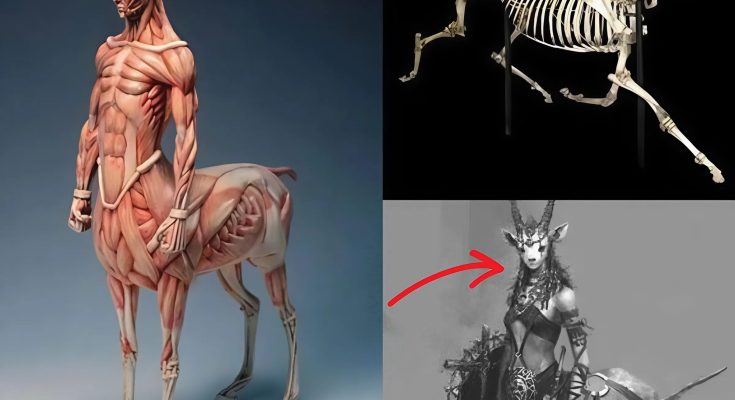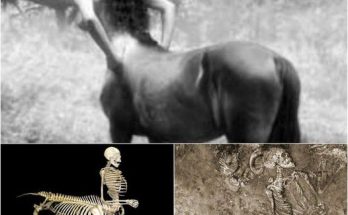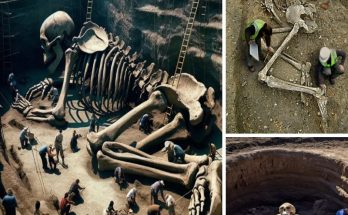The fascinating mythological creature known as the centaur has captivated the human imagination for centuries. These legendary beings, characterized by the upper body of a human seamlessly integrated with the lower body of a horse, present a unique anatomical enigma. Recent studies and creative speculation have attempted to shed light on the possible organ distribution within these mythical hybrids, blending human and equine biology in unprecedented ways.

Centaurs, often depicted in ancient Greek mythology, symbolize the harmonious yet complex union of two distinct species. To understand their anatomy, one must consider how the organs of both humans and horses could coexist and function within a single entity. The most intriguing aspect lies in determining how the vital systems—respiratory, circulatory, digestive, and reproductive—would be distributed and operate efficiently.
One of the primary challenges in centaur anatomy is the integration of the respiratory systems. A plausible theory suggests that centaurs could possess dual respiratory systems to cater to both their human and equine halves. The human lungs, located in the upper torso, would handle breathing for the human upper body, while a secondary set of lungs in the equine lower body would supply oxygen to the horse’s musculature. This dual system could provide the necessary oxygenation for the centaur’s demanding physical activities, whether galloping or wielding a weapon.

The circulatory system of a centaur would need to be a marvel of biological engineering. A unified heart, potentially larger and more powerful than that of a human or horse alone, could be situated centrally where the human and equine bodies merge. This heart would pump blood through an extensive network of arteries and veins, ensuring efficient circulation throughout the entire body. Advanced arterial branching would facilitate blood flow to both the upper and lower halves, maintaining optimal oxygen and nutrient delivery.
Integrating the digestive systems of a human and a horse presents another intriguing puzzle. Centaurs would likely have a dual digestive tract, allowing them to consume and process a wide range of foods suitable for both species. The human stomach and intestines would manage the digestion of omnivorous human food, while the equine digestive organs would handle plant-based diets. A shared liver and kidneys could aid in processing nutrients and filtering waste, optimizing the metabolic functions of the centaur.
The reproductive anatomy of centaurs has long been a subject of curiosity and debate. Considering their dual-species nature, centaurs might possess separate reproductive organs for their human and equine halves. This arrangement would enable the continuation of their species through mating practices adapted to both humans and horses. The specifics of this system remain speculative, but it underscores the complexity and adaptability required for centaur reproduction.
The nervous system of a centaur would need to coordinate the actions and sensations of both the human and equine parts. A highly developed brain, possibly located in the human upper body, would oversee cognitive functions and voluntary actions. A secondary neural network in the equine body would manage motor control for the horse’s legs and tail. These networks would communicate seamlessly, ensuring fluid and coordinated movements.
The anatomy of centaurs, though purely speculative, offers a captivating glimpse into the possibilities of mythical biology. By blending human and equine organ systems, centaurs embody the ultimate fusion of two distinct species. While centaurs remain firmly in the realm of mythology, exploring their potential anatomy allows us to appreciate the creativity and complexity of ancient legends, inspiring both scientific curiosity and imaginative wonder.



